
This resource includes tasks aligned to 4.G.2.
- Subject:
- Mathematics
- Material Type:
- Activity/Lab
- Formative Assessment
- Author:
- Drew Polly
- Date Added:
- 07/25/2020

This resource includes tasks aligned to 4.G.2.

This resource includes tasks aligned to 4.G.3.
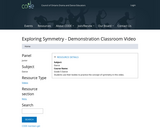
This segment illustrates dance as a form of both communication and artistic expression. Elements and conventions of dance are integrated with the math curriculum. Students use their bodies to represent the fundamental concept of symmetry in math and dance.The students show how learning sophisticated concepts can be fun.

This lesson invites students to learn and apply formal methods of visual arts analysis to investigate and understand Dan Namingha's Hopi Eagle Dancer They will then experiment with paints in an effort to get a sense of how the artist used different tools and thicknesses of paints to achieve varying effects in the painting.
Students will be able to: identify at least three different techniques/characteristics of the painting; discuss the impact of the artist's use of color in the painting; list and apply methods of formal visual analysis; and use trial-and-error methods to obtain different visual effects.
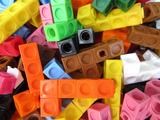
In this lesson students explore line symmetry.

In this lesson students explore symmetry in various shapes.
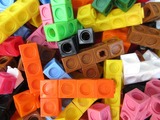
In this lesson students explore symmetry in various shapes.

This is a math lesson plan and exit ticket for 4th-grade symmetry. Students should be familiar with symmetry before beginning this lesson.
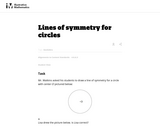
This is an instructional task that gives students a chance to reason about lines of symmetry and discover that a circle has an an infinite number of lines of symmetry. Even though the concept of an infinite number of lines is fairly abstract, fourth graders can understand infinity in an informal way.

This task provides students a chance to experiment with reflections of the plane and their impact on specific types of quadrilaterals. It is both interesting and important that these types of quadrilaterals can be distinguished by their lines of symmetry.
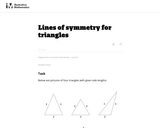
This task is intended for instruction, providing the students with a chance to experiment with physical models of triangles, gaining spatial intuition by executing reflections.

Adapted from mathematicsvisionproject.com’s Material Overview:
The Mathematics Vision Project (MVP) was created as a resource for teachers to implement the Common Core State Standards (CCSS) using a task-based approach that leads to skill and efficiency in mathematics by first developing understanding. The MVP approach develops the Standards of Mathematical Practice through experiential learning. Students engage in mathematical problem solving, guided by skilled teachers, in order to achieve mathematical proficiency: conceptual understanding, procedural fluency, strategic competence, adaptive reasoning, and productive disposition. The MVP authors created a curriculum where students do not learn solely by either “internalizing what a teacher or book says or, on the other hand, solely by inventing mathematics on their own.”
The MVP classroom experience begins by confronting students with an engaging problem and allows them to grapple with solving it. As students’ ideas emerge, take form, and are shared, the teacher deliberately orchestrates the student discussions and explorations toward a focused math goal. Students justify their own thinking while clarifying, describing, comparing, and questioning the thinking of others leading to refined thinking and mathematical fluency. What begin as ideas become concepts that lead to formal, traditional math definitions and properties. Strategies become algorithms that lead to procedures supporting efficiency and consistency. Representations become tools of communication which are formalized as mathematical models. Students learn by doing mathematics.
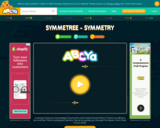
Looking to test your knowledge of symmetry and rotational symmetry? Check out ABCya's SymmeTree! Follow lumberjack Sammy Tree as he guides you through the lesson, then chop-til-you-drop!
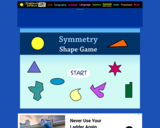
In this interactive game, students identify shapes as symmetric or non-symmetric.

Through this activity, Bernoulli's principle as it relates to winged flight is demonstrated. Student pairs use computers and an online virtual wind tunnel to see the influence of camber and airfoil angle of attack on lift. Activity and math worksheets are provided.